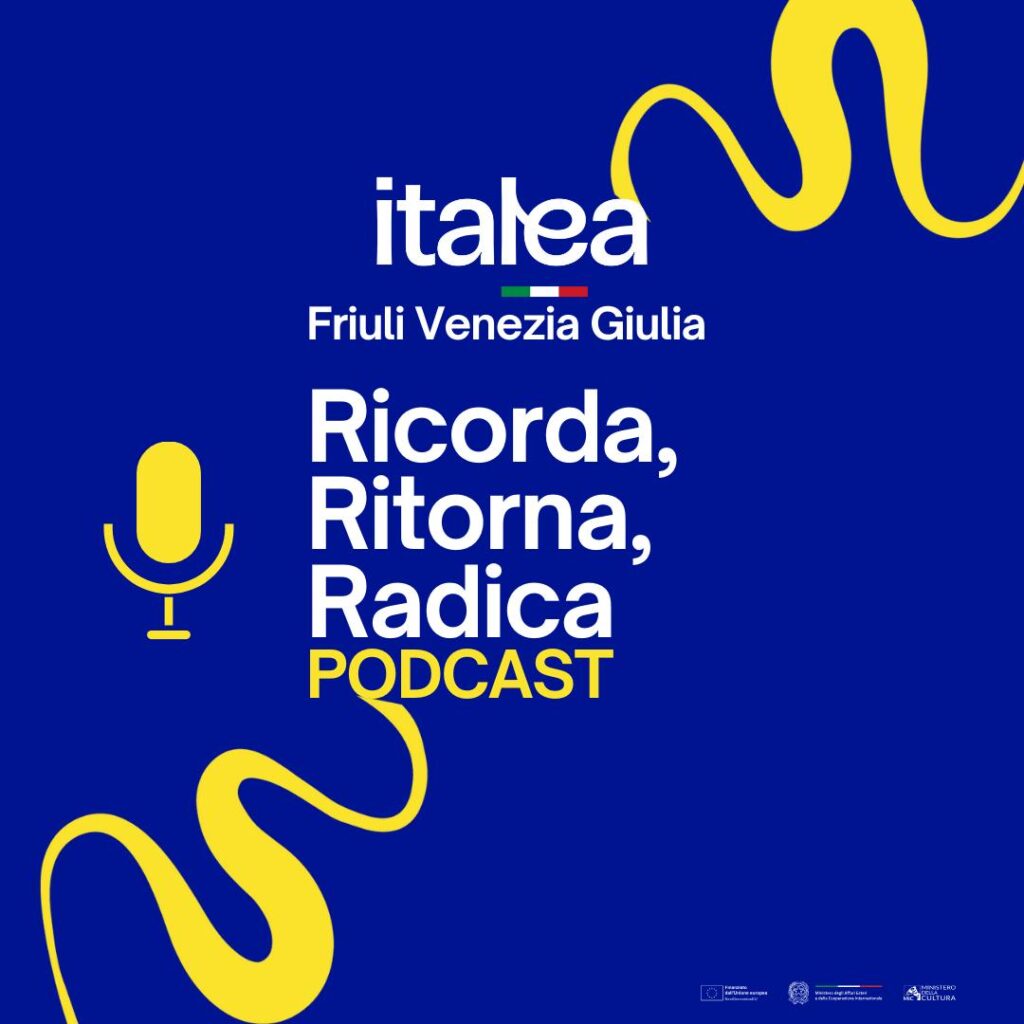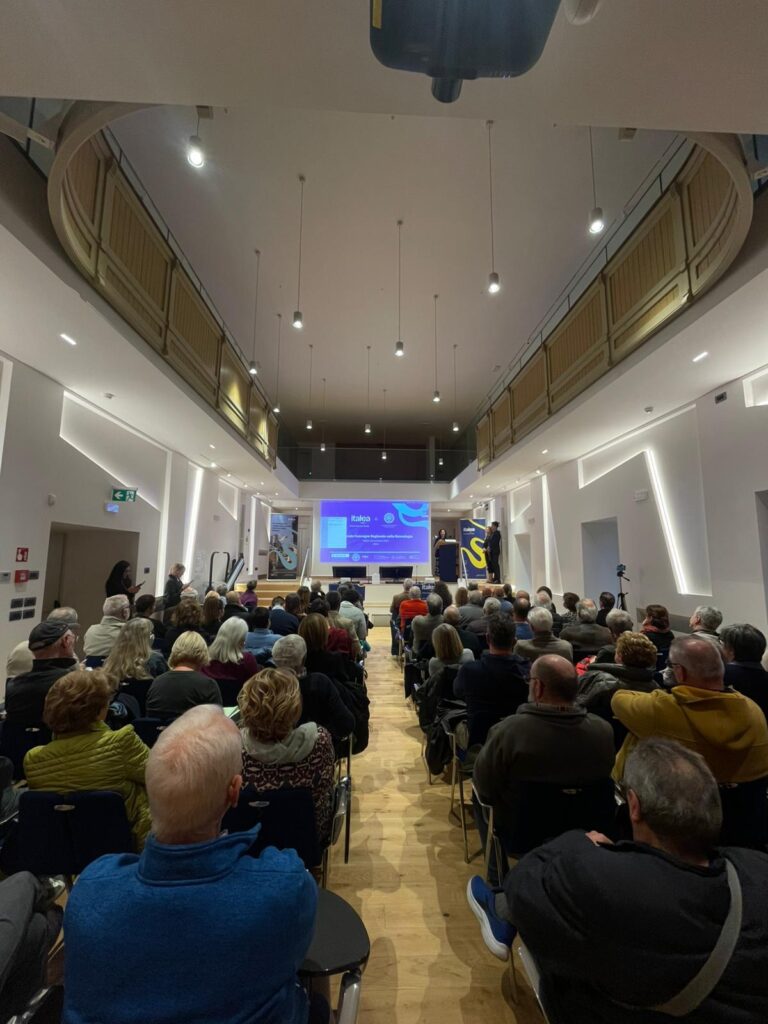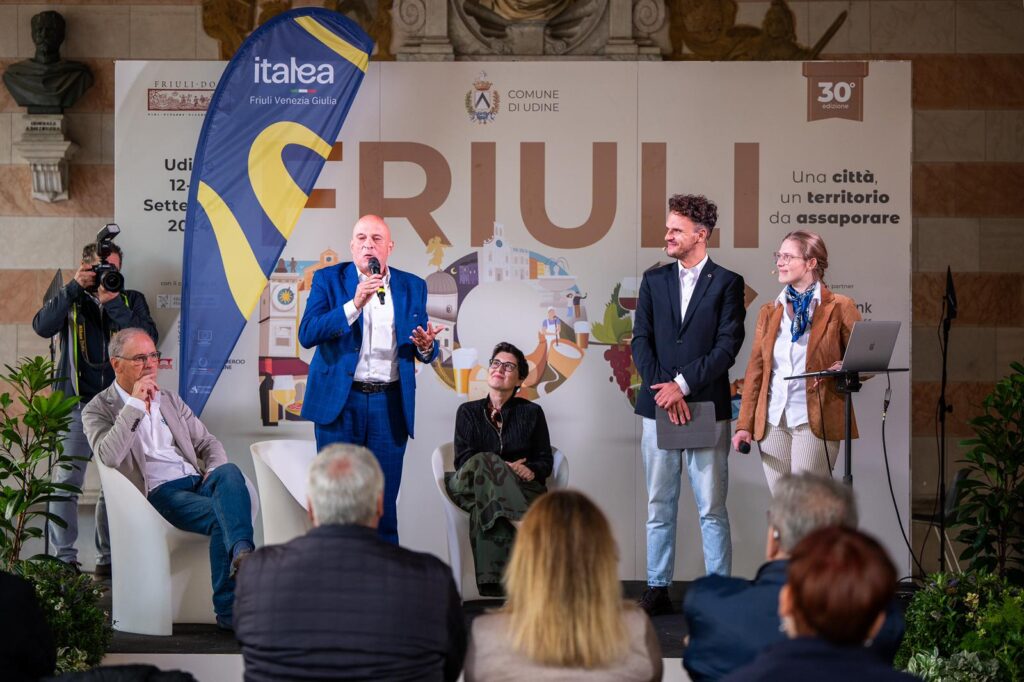Linguistic diversity is a distinctive feature of Friuli Venezia Giulia and contributes to the cultural richness of the region. There are several minority languages spoken among the population of this region. Those officially recognized include:
-
Friulian. Friulian is a Romance language belonging to the Rhaeto-Romance group of languages. It is grafted onto pre-Roman substratum languages (in particular Celtic) and receives the contributions of the languages of the populations with whom Friuli has shared the moments of its history (Germanic languages, such as Gothic, Lombard, German, and the Slavic dialects to the east of the region). Friulian is spoken in 173 municipalities of the Friuli Venezia Giulia region by 600,000 speakers: 50% of the regional population. About 10,000 speakers are also located in seven municipalities of the Veneto Region. Together with Slovenian (with 50,000 speakers) and German (5,000), Friulian is one of the three minority languages in the Friuli Venezia Giulia region recognized by both Italian (with Law 482/99) and regional (with Laws 15/96 and 29/2007) legislation. The Autonomous Region of Friuli Venezia Giulia and local and academic institutions work for the promotion and development of the language. To this end, the ARLeF – Regional Agency for the Friulian Language – has been established, which coordinates activities related to the protection of the Friulian language. The actions carried out based on the recognition legislation guarantee the presence and use of the Friulian language in the main areas of social life, including the family, school, mass media, new technologies, public administration, scientific research, entertainment and the arts, culture, and the world of work.
-
Slovenian. Slovenian is present in some areas of the region, in particular in the provinces of Trieste and Gorizia, near the border with Slovenia. Trieste, in particular, is a city with a significant presence of citizens of Slovenian origin. This presence is due to the complex history and historical influences that have shaped the region over the centuries. The Slovenian language is also recognized and protected by regional law. There are cultural institutions and organizations that work to preserve and promote the Slovenian language in the region. Furthermore, some local media, such as newspapers and radio stations, are available in Slovenian. In some areas with a significant presence of Slovenian population, it is possible to find bilingual schools where teaching takes place in both Italian and Slovenian.
-
German. The presence of the German language in Friuli Venezia Giulia is mainly concentrated in the Tarvisiano area, a mountainous area located in the province of Udine, near the border with Austria. This linguistic presence is the result of historical influences, in particular linked to the Austro-Hungarian Empire. During the period of the Austro-Hungarian Empire, many areas of Friuli Venezia Giulia were part of this political entity. The Austro-Hungarian Empire was a multicultural and multilingual empire, and German was one of the official languages. German influence persisted, especially in mountain communities. The German language does not have an official status in Friuli Venezia Giulia as a regional or minority language recognized by law. However, the area has historically been influenced by German culture, and the presence of this language is recognized locally.
However, Italian is and remains the official and predominant language in Friuli Venezia Giulia. Linguistic diversity in the region is, however, a significant feature reflecting its complex history and the influences of different cultures over the centuries.




